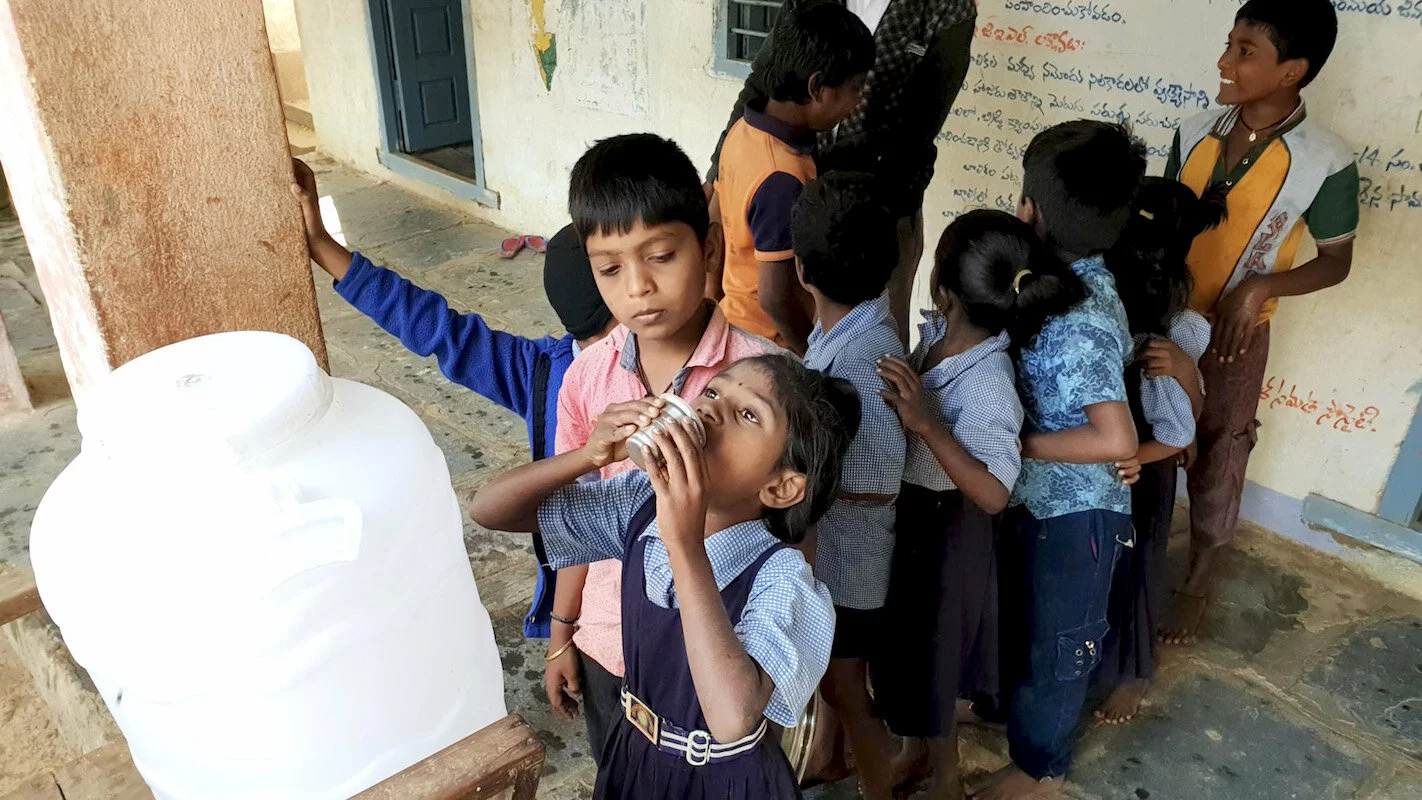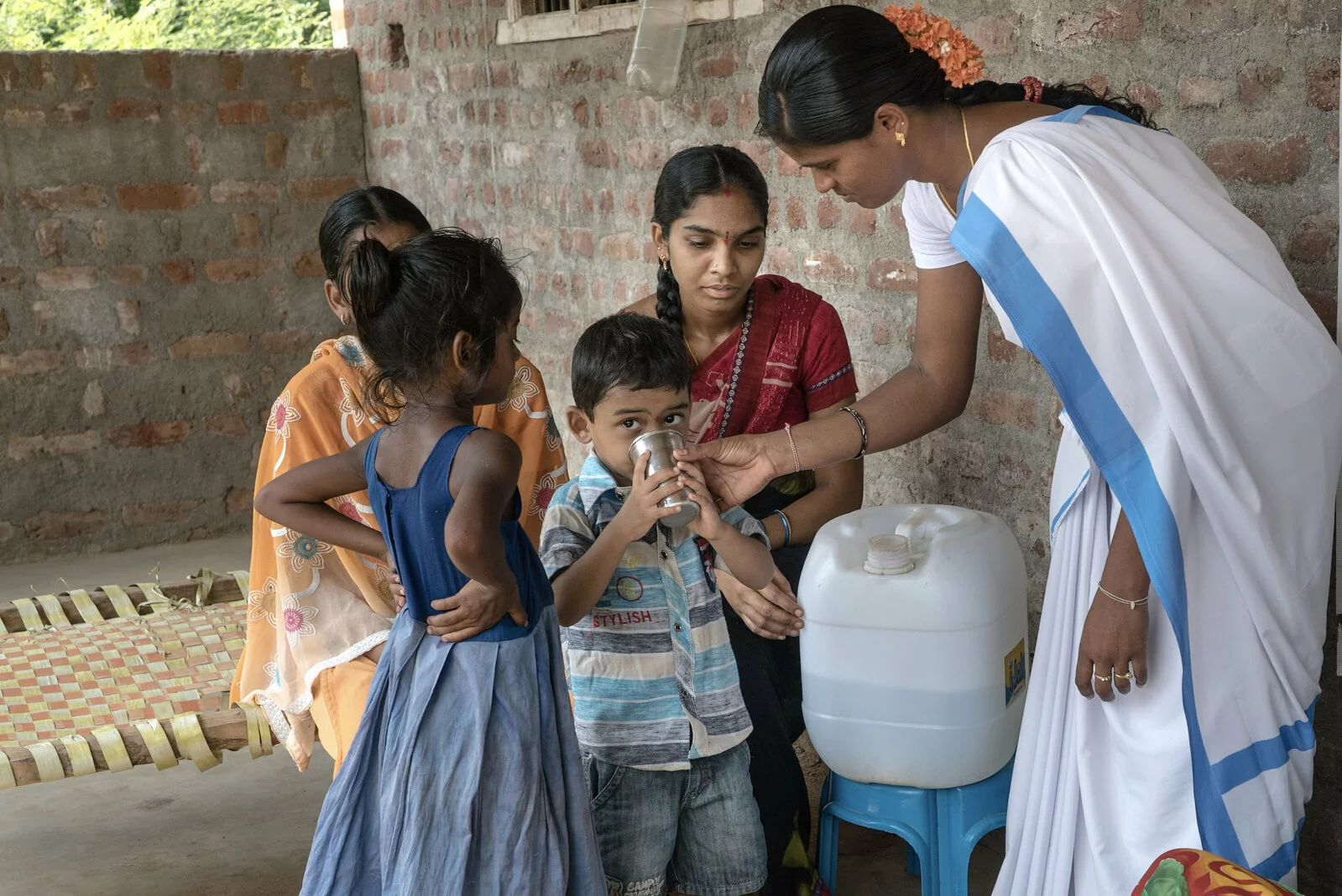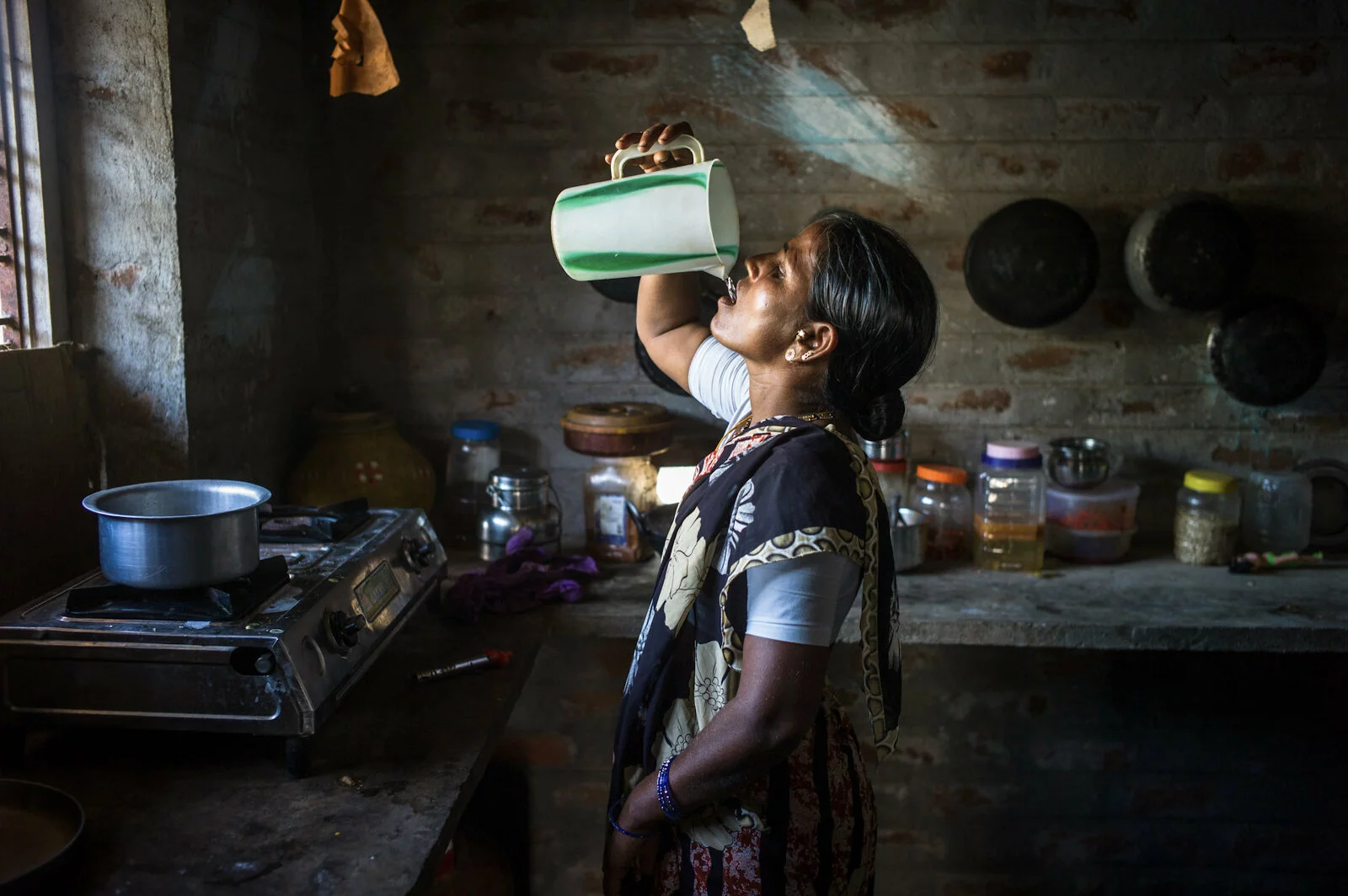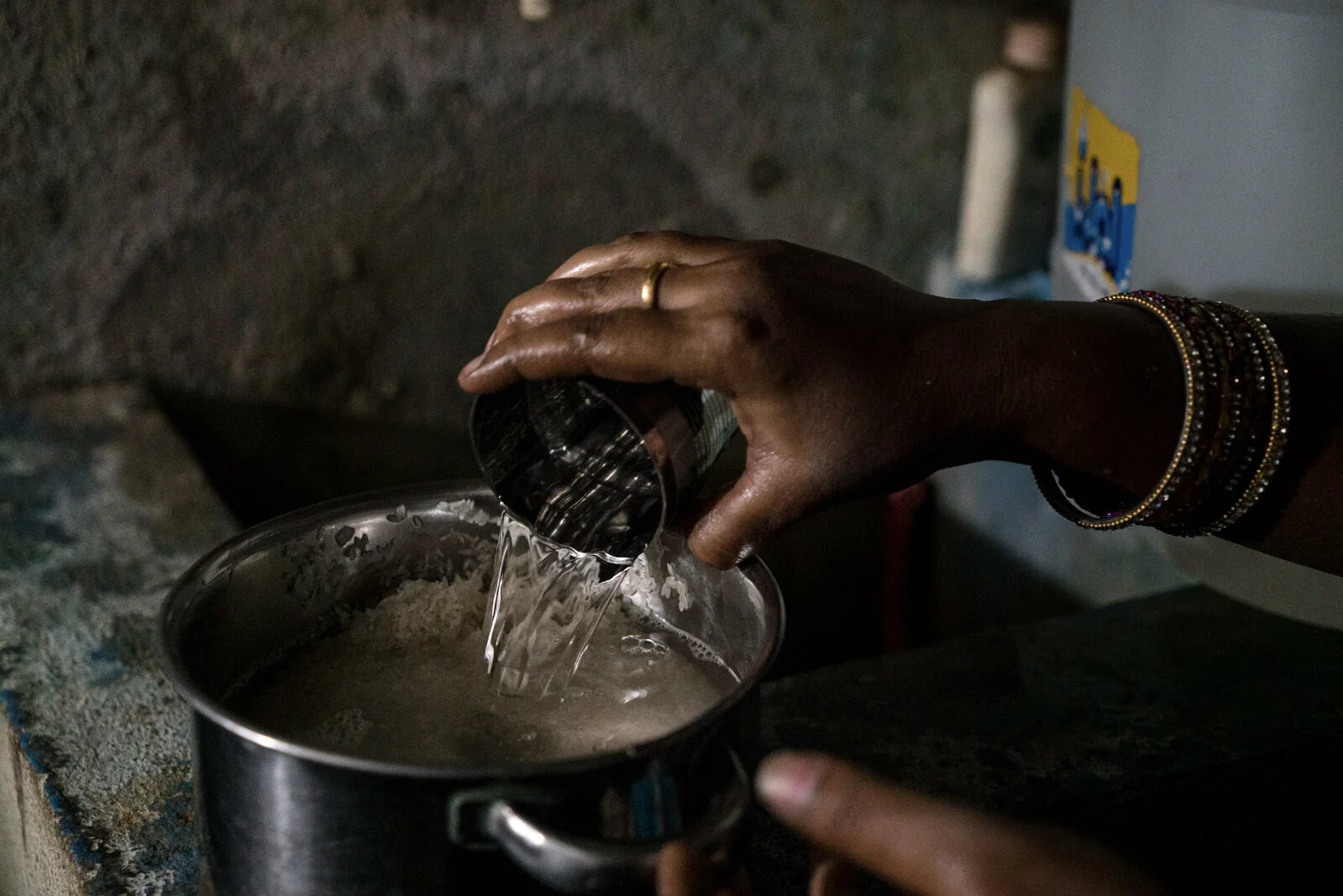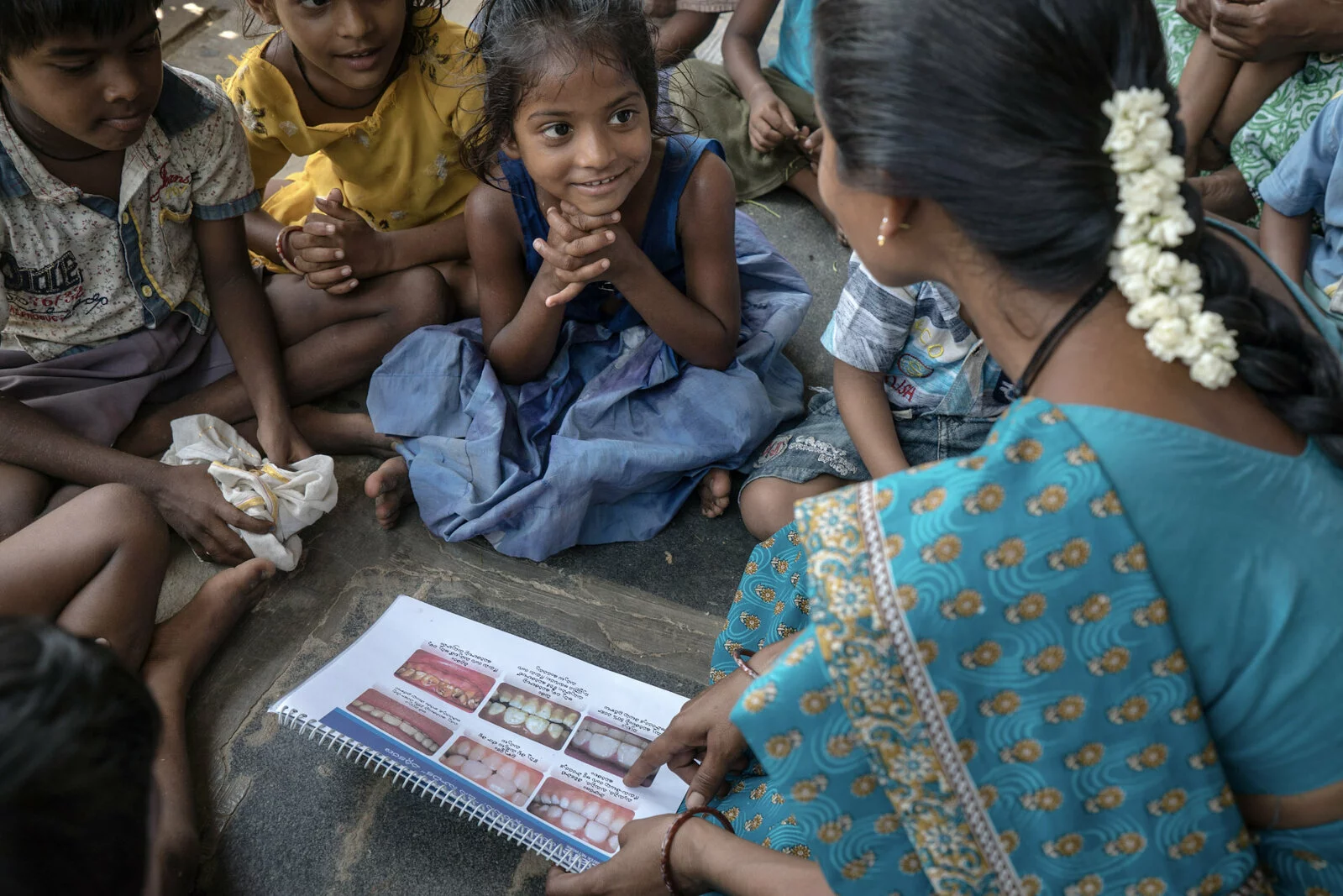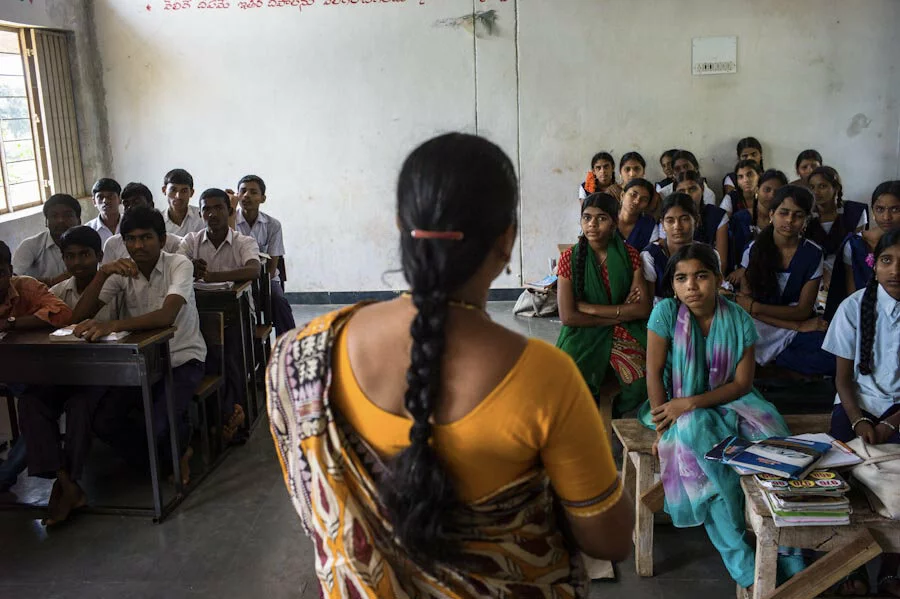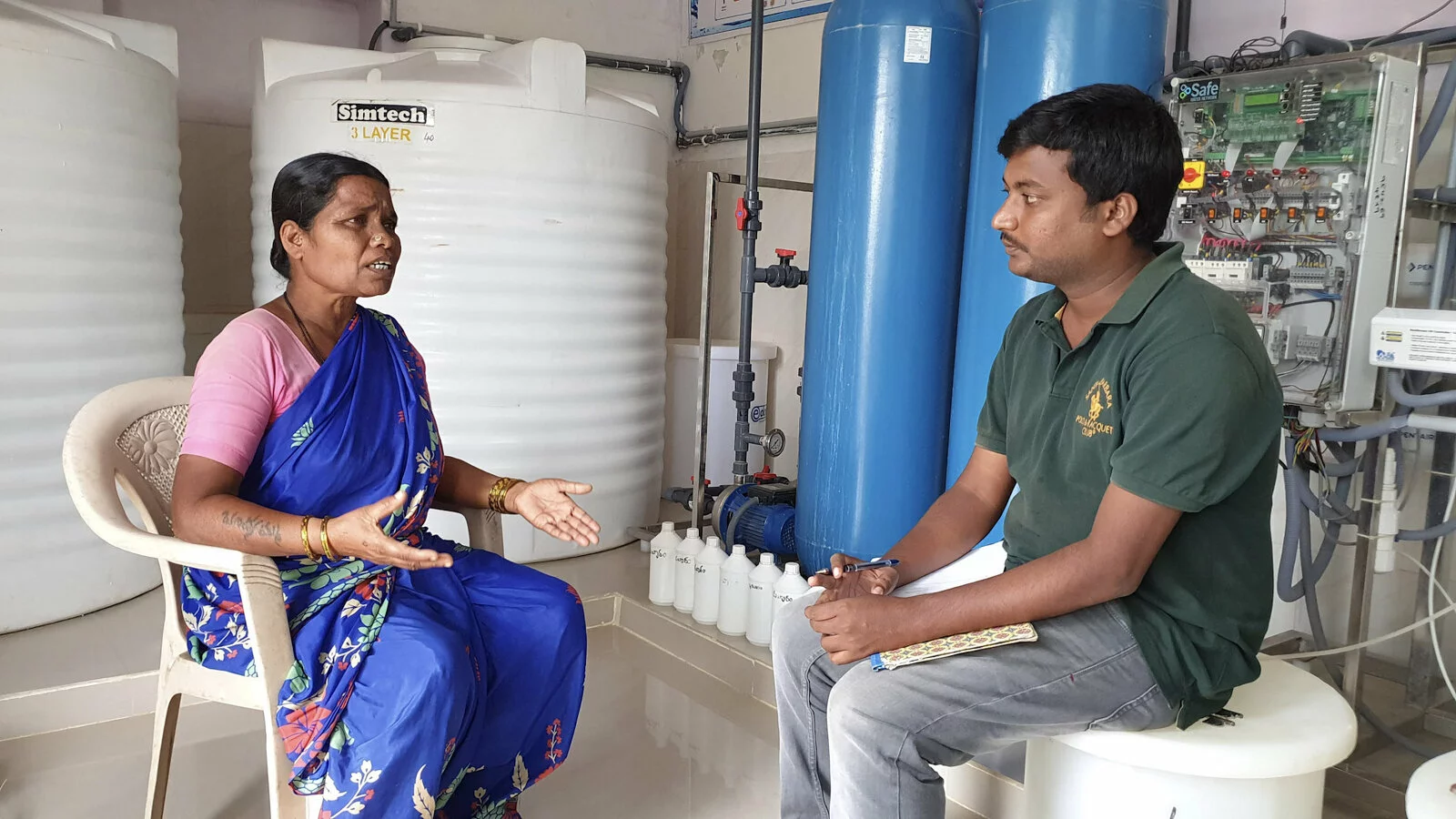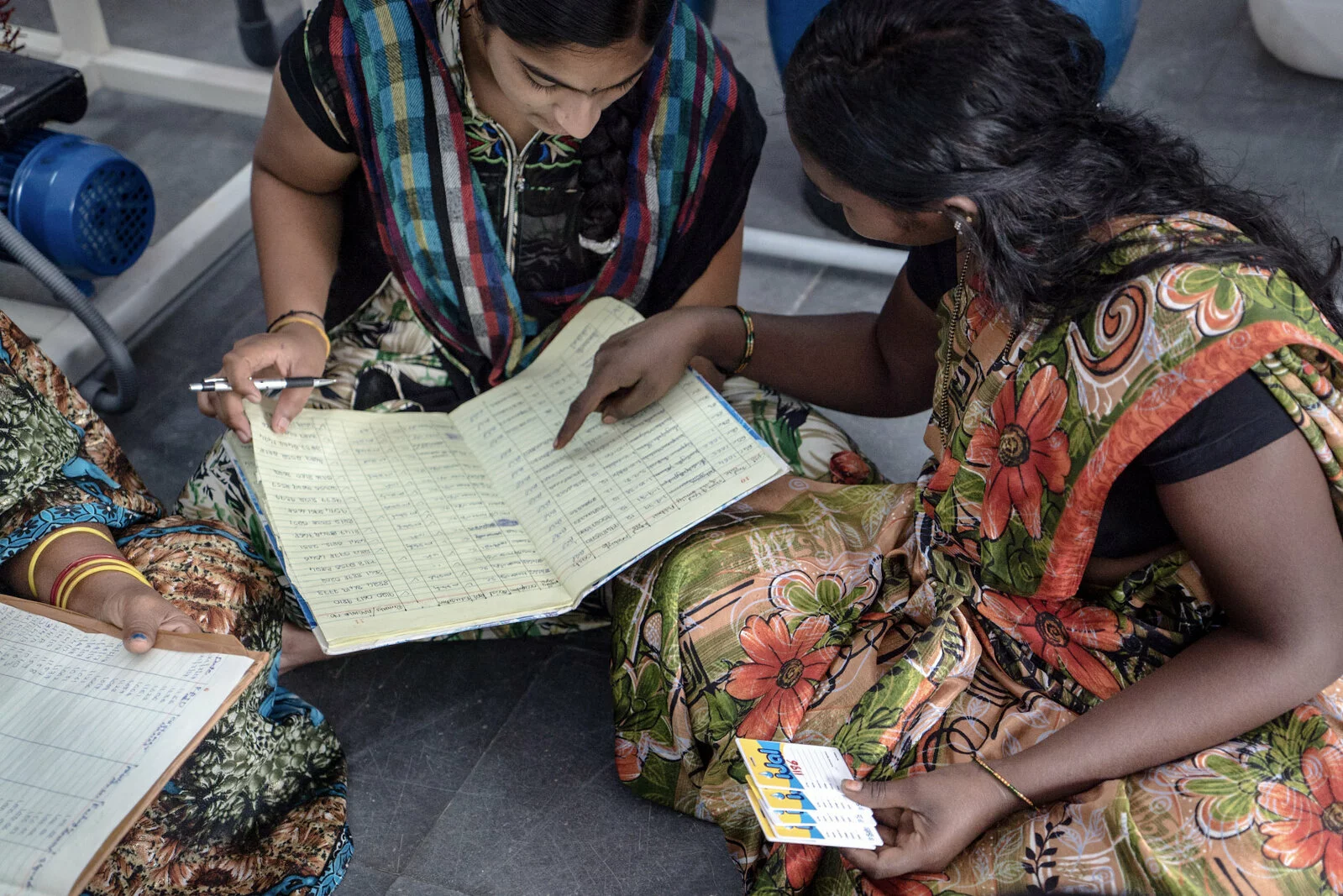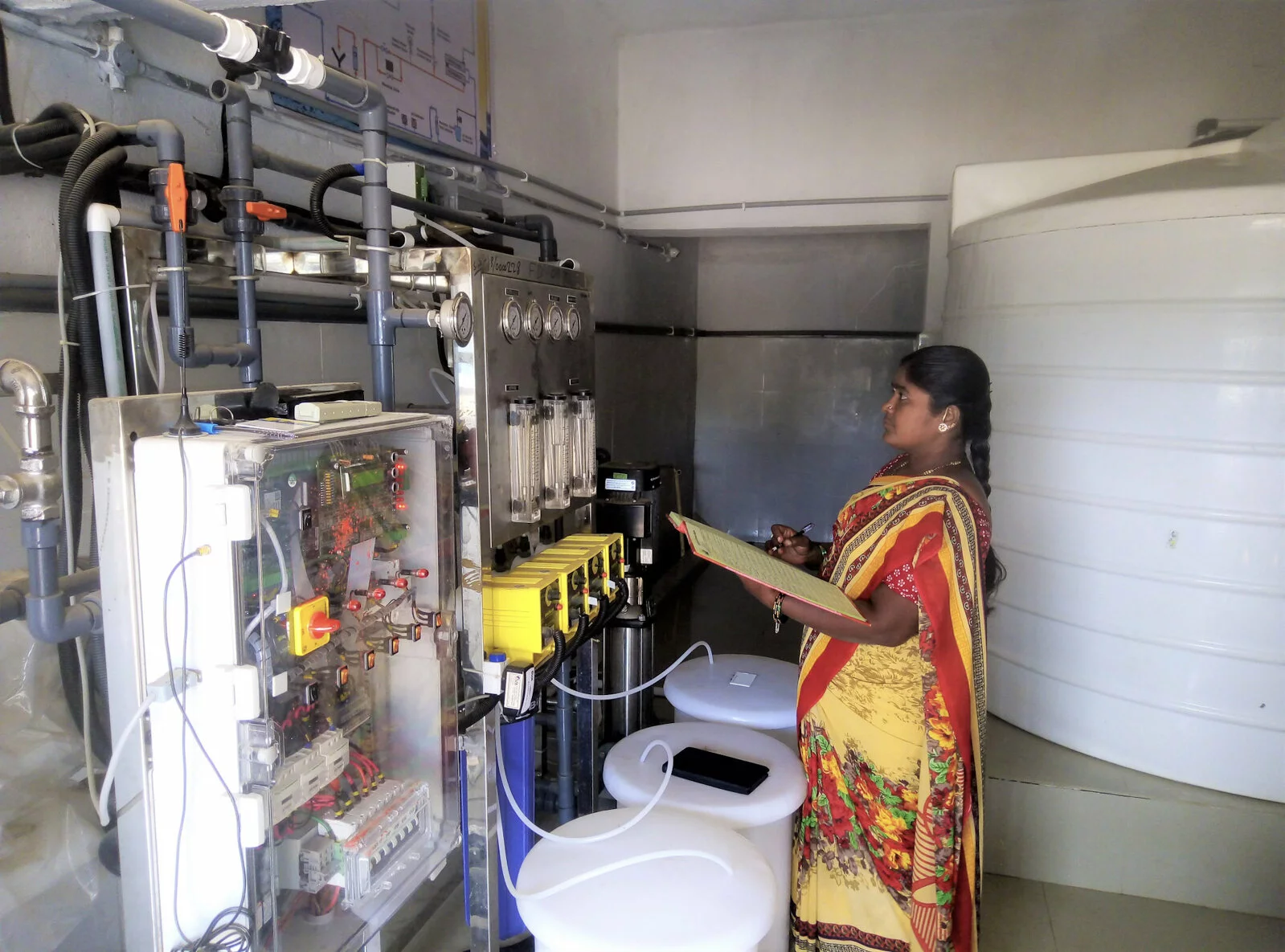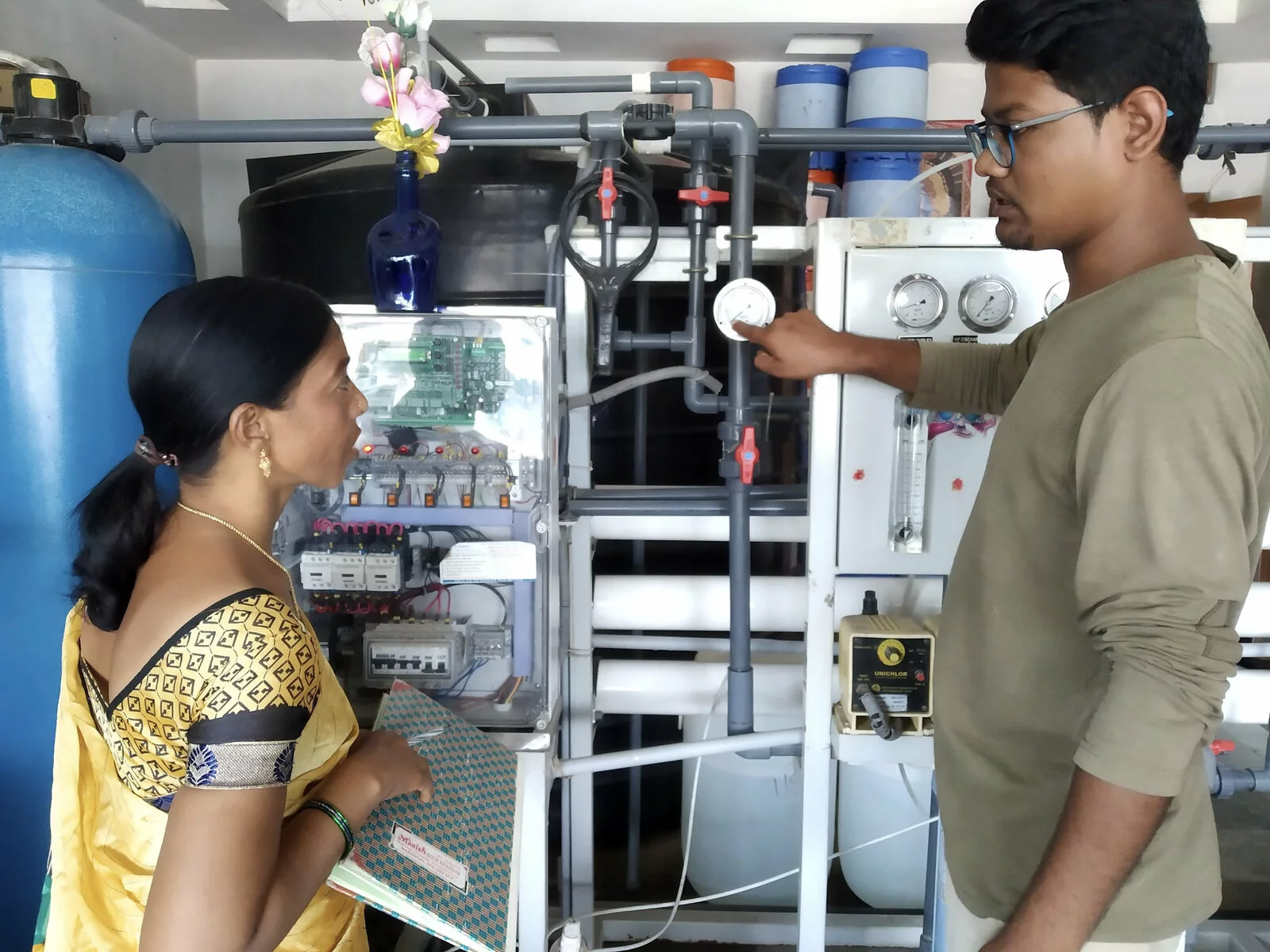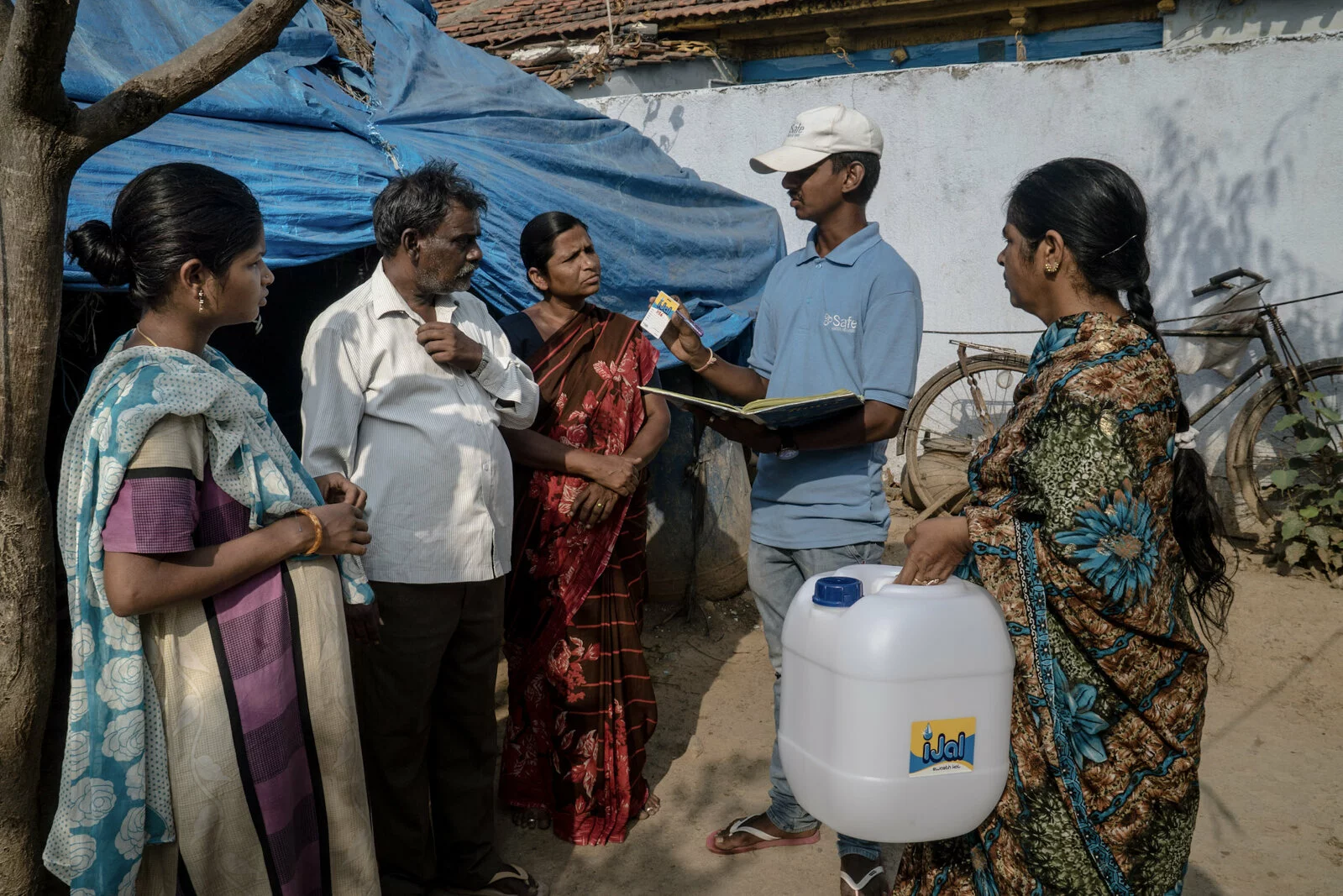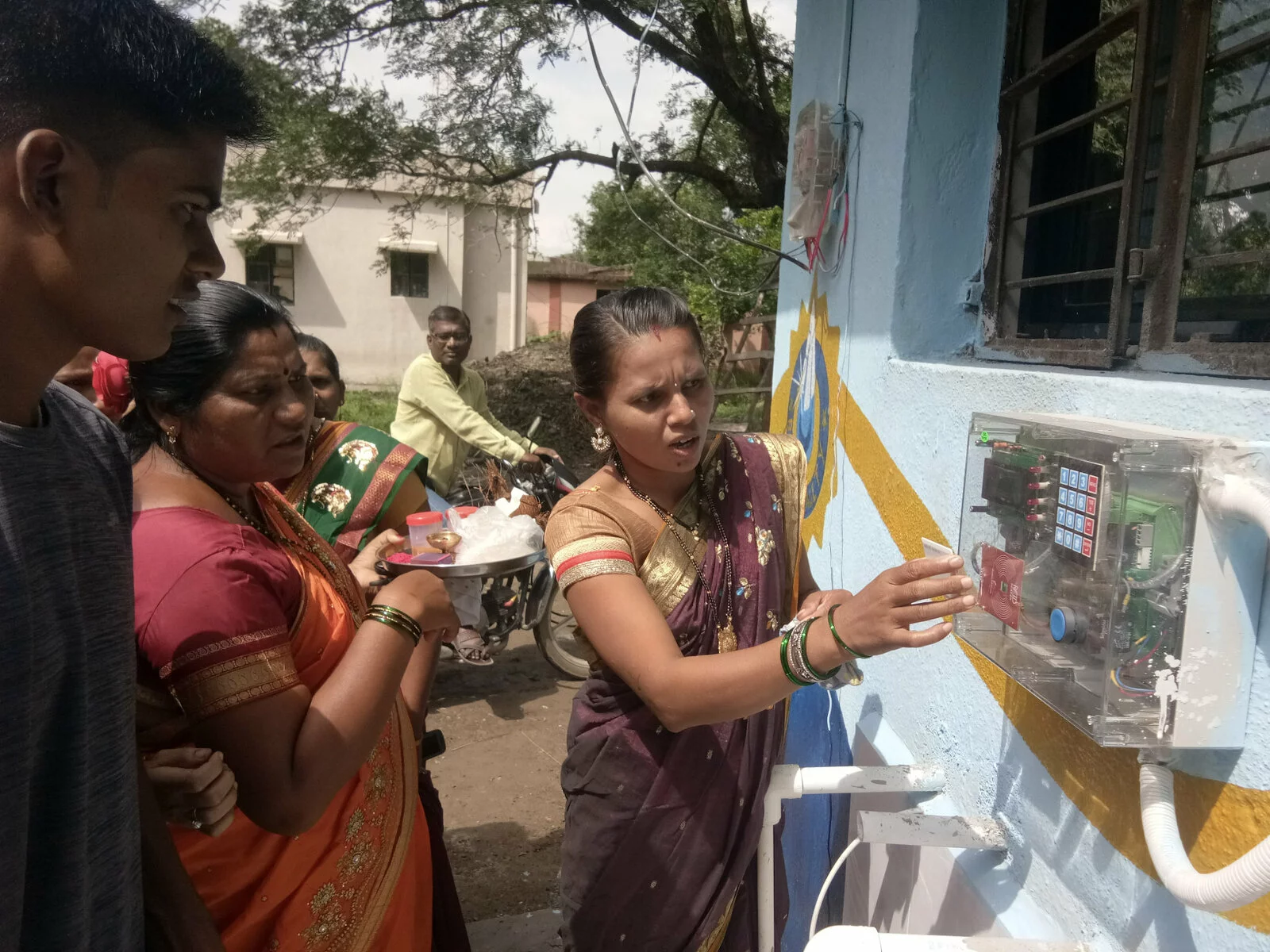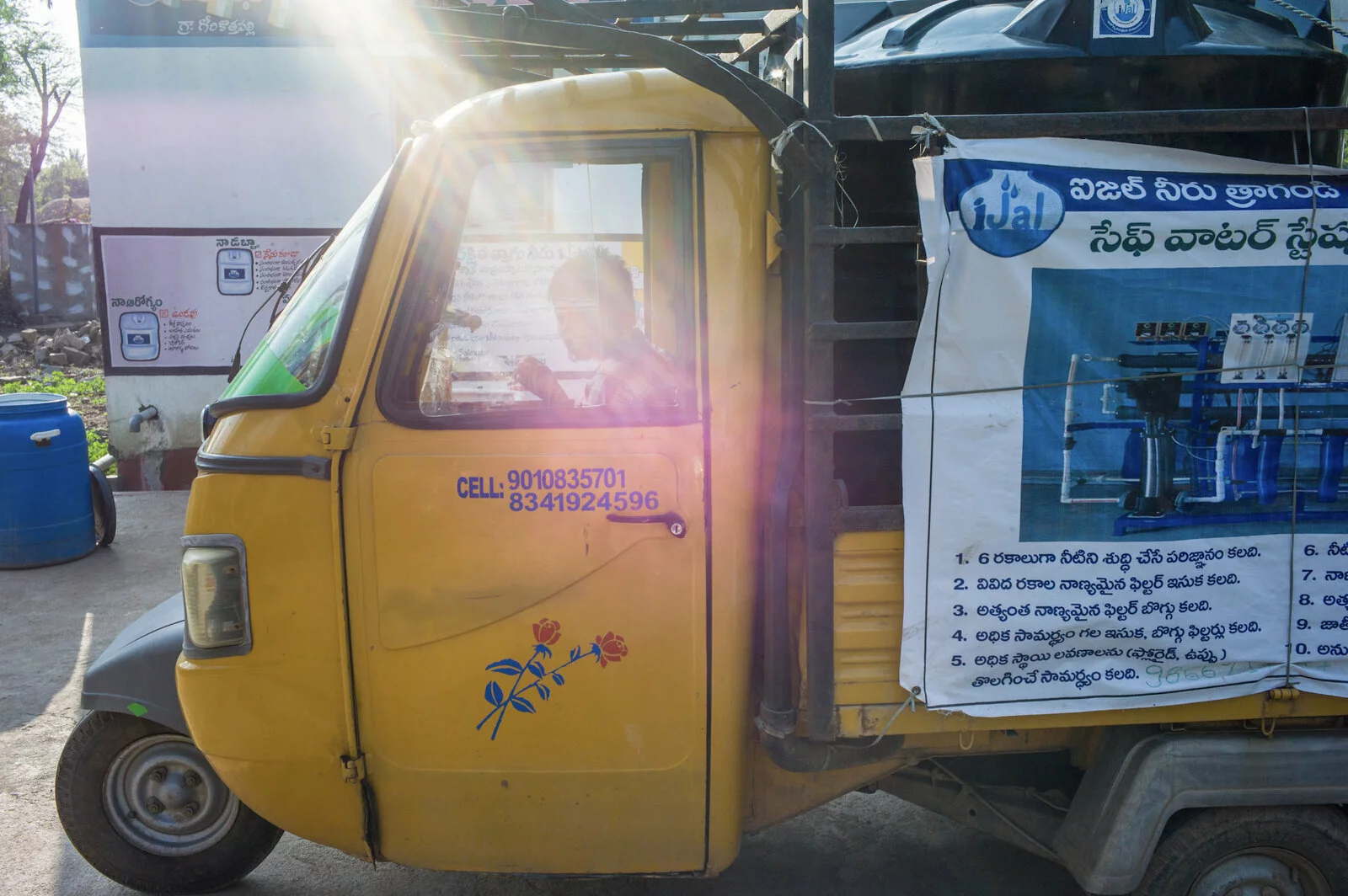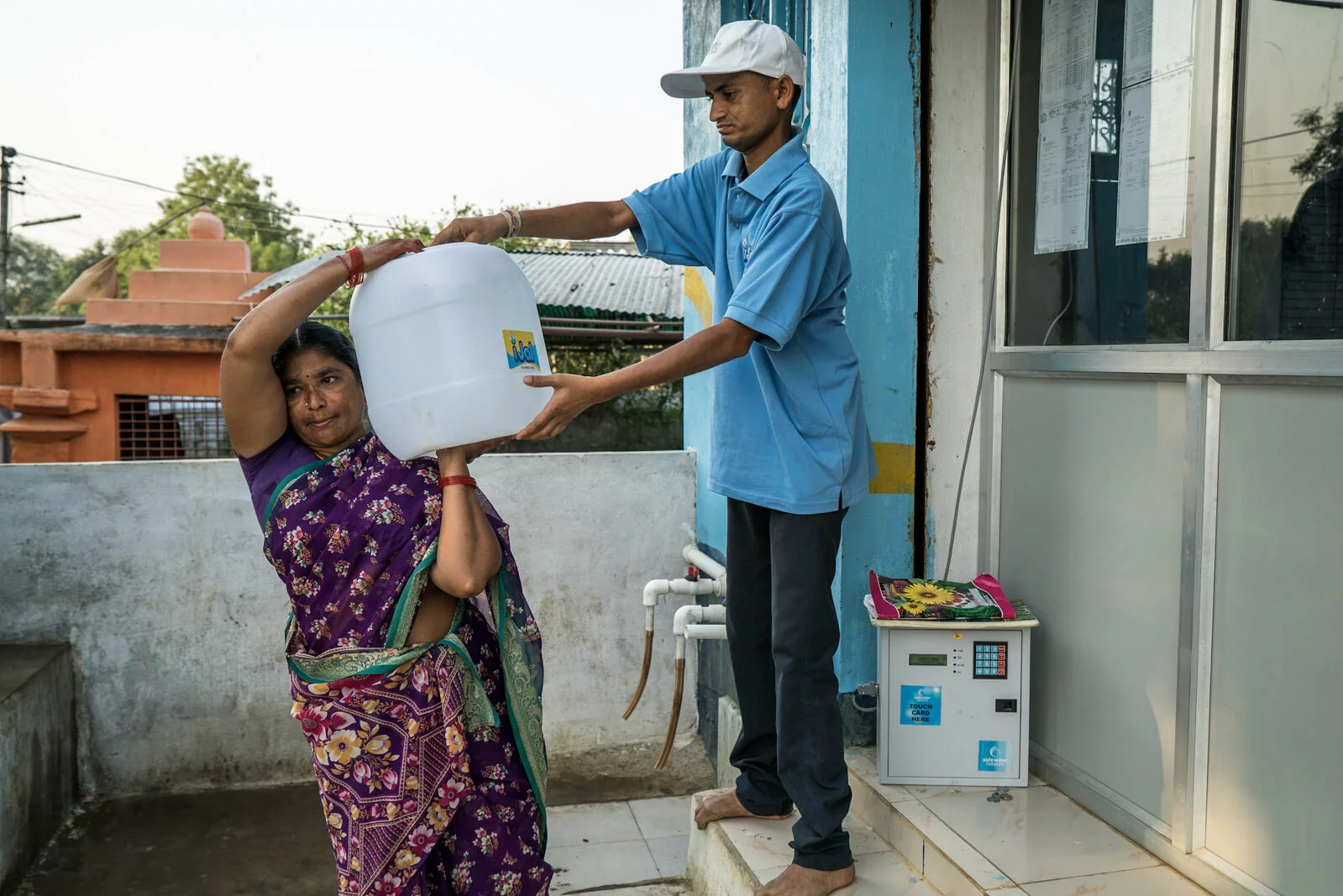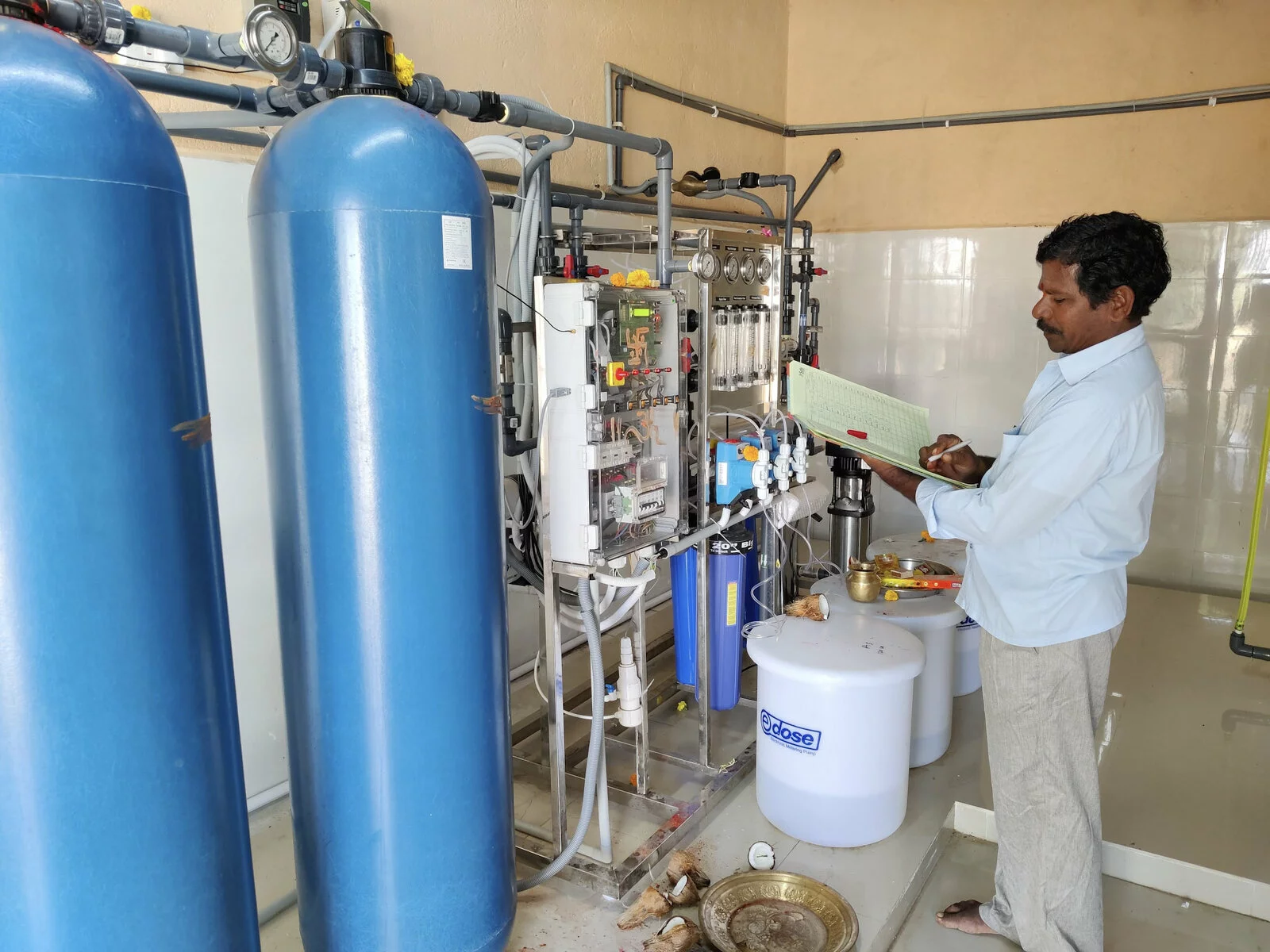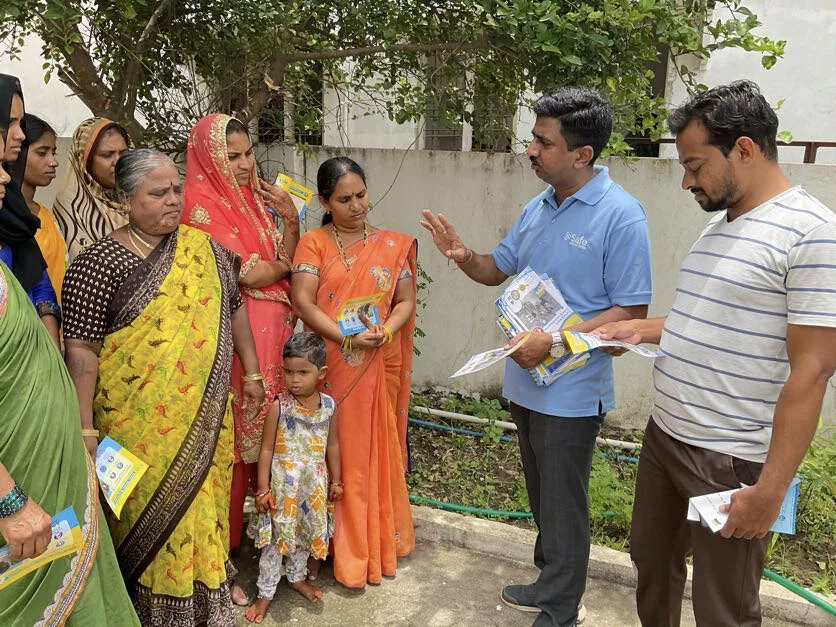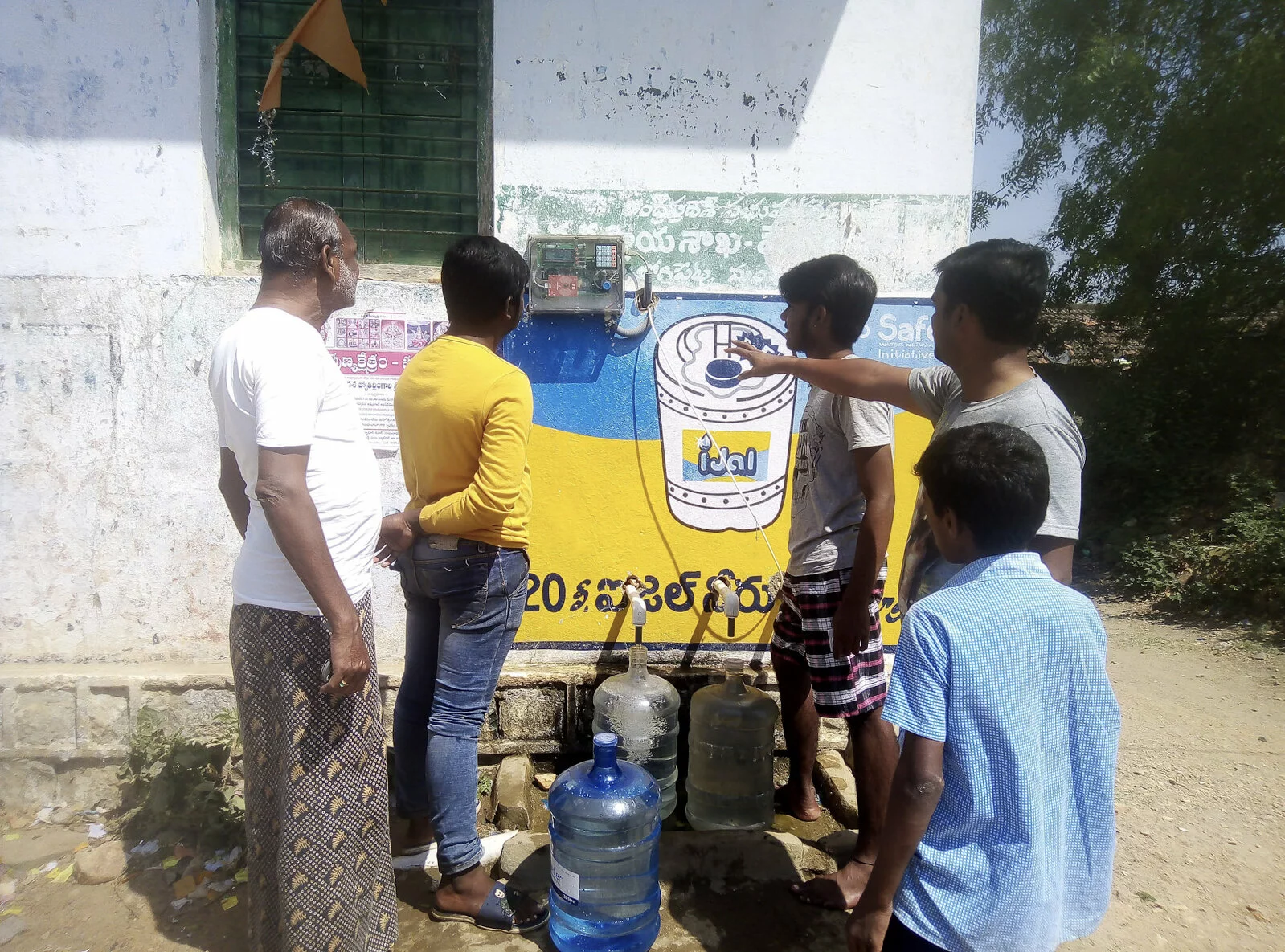Mumbai City Report (2016)
By: Safe Water Network
Approximately 6.5 million people out of Mumbai’s 12.5 million inhabitants reside in a neighborhood without easy access to safe water. Poor infrastructure leads to contamination and there is a severe lack of access to piped-water in the city’s slums, leading to high-levels of waterborne illness. Market-oriented, decentralized water treatment kiosks in Mumbai’s slums can address the clean water needs for the urban poor.
The Urgency of Market-Oriented Solutions in Mumbai
Urban Small Water Enterprises (USWEs) in the form of water treatment kiosks can provide Mumbai’s urban poor with enhanced quality of life through easier access to clean drinking water. The extreme challenges associated with providing piped-water to Mumbai’s slums means that USWEs can fill the current gap in water access. Urban Local Bodies (ULBs) should encourage entrepreneurs to enter the water sector by providing land, infrastructure, and legitimacy.
Supporting Documentation/resources/data/reports
- Ministry of Statistics and Programme Implementation
- Population Change and Economic Restructuring in Mumbai
- Mumbai, a land of opportunities
- No. of women in state’s urban workforce soars 8%
- White Paper of Water Department, MCGM, 2009
- Report on Groundwater Information, Greater Mumbai district, Maharashtra by Ministry of Water Resources, Central Ground Water Board
- Steep hike in city water rates coming
- Telangana govt proposes 1.26-lakh km water grid
- Water in Crisis — India
- Diarrhoea and acute respiratory infections among under-five children in slums: Evidence from India
- Water Priorities for Urban India
- Water in India: Situation and Prospects
- India’s Worsening Water Crisis
- A step in the right direction
- National Health Policy 2015: Mapping the Gaps
